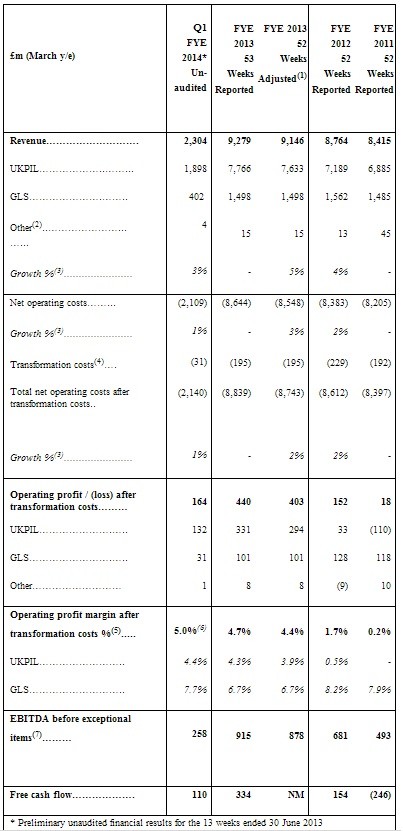Investors seeking to participate in the upcoming Royal Mail flotation now have the all-important details ahead of the listing in the coming weeks. You need to invest a minimum £750 to participate in the initial public offering (IPO). Applications must be made either through a special government website, the post or via a number of appointed financial intermediaries including Sippdeal, Killik and Charles Stanley. Application packs will also be available in some Post Office stores.
A full list of the intermediaries can be found on this website. The Royal Mail says there will be no charges for purchasing shares through an intermediary in the IPO, but some of the providers may charge you for holding your shares, as well as for dealing and other services they provide. A full list of such charges can be found in this pdf document.
The Royal Mail says that once the offer period opens there will only be a limited time for you to apply for shares. You can request an email alert via this web link.
While there's clear information on how to get the shares, investors shouldn't lose sight of the fundamental approach for selecting stocks. You need to look at Royal Mail in the same way you would for any other company.
Today's intention to float reveals that group revenue for the year to March 2013 was £9.3 billion , a 5% increase on the previous year (on a like-for-like basis).
Reported operating profit after 'transformation costs' more than doubled to £440 million. That equates to a 4.7% margin. A spokesperson for the Royal Mail says there's scope for a decent increase on this number, saying that European operators achieve between 8% and 16% margins.
The following table shows the latest financial details for Royal Mail. The company says trading in the 13 weeks to 30 June was ahead of expectations. Operating profit margin increased to 5%.
The business is expected to be valued at between £2.5 billion and £3 billion upon listing. The Royal Mail expects to pay £133 million in dividends next July, equal to two-thirds of a normal payout (its financial year end is March, so it will be listing well into its current financial year). That implies a dividend yield of between 6.7% and 8% which will certainly attract investors on day one. Nevertheless, we would still want more details on how the business is being valued before being able to make a judgement on whether the stock is attractive of not.



